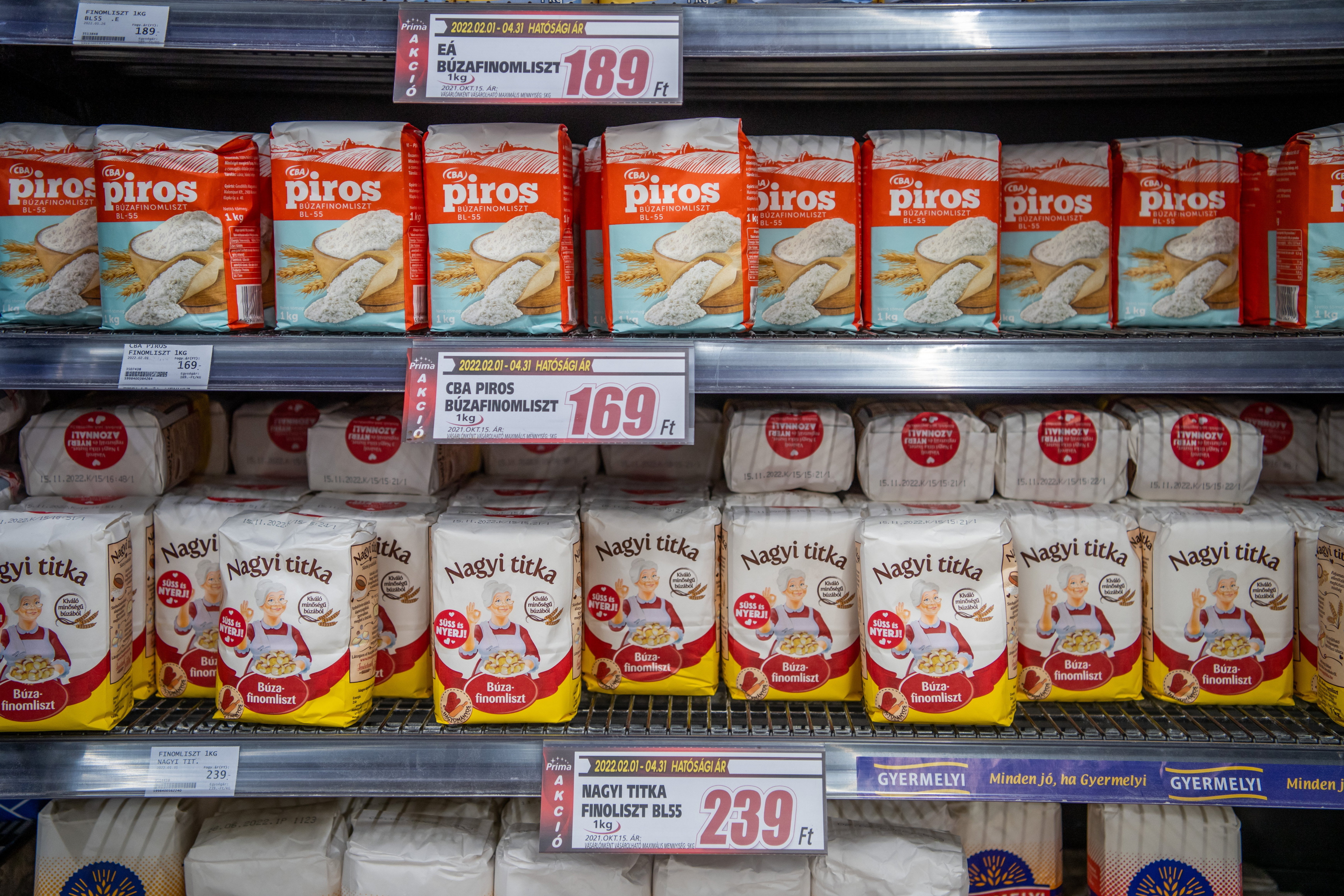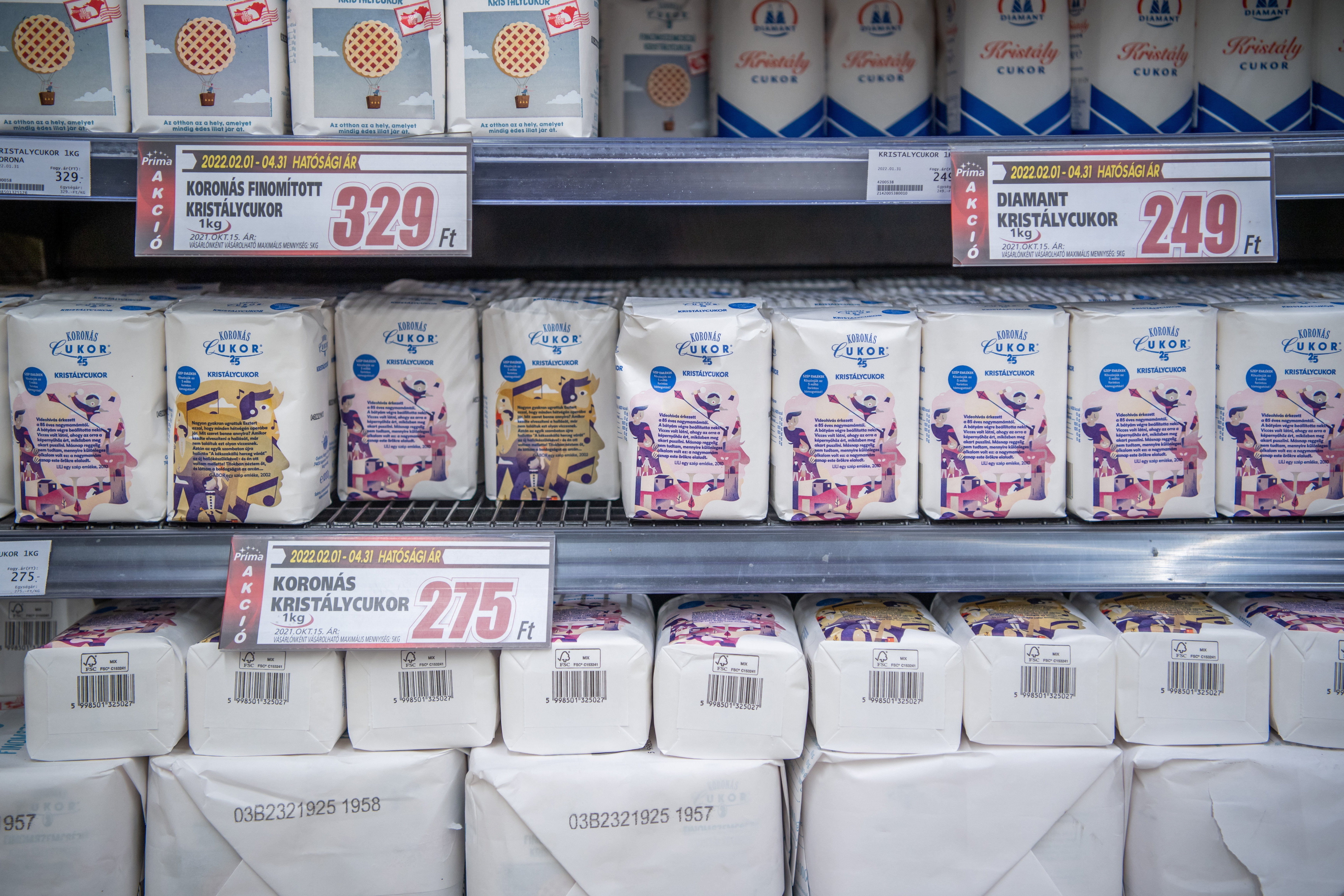
Lidl and Spar introduced volume restrictions in response, Tesco announced special promotions.Continue reading

Sales of products affected by the price cap, i.e. where prices had to be reset to the level of October last year, have increased sharply in the last two weeks. According to data from economic news portal Portfolio, sales of these products have increased by 60-80 percent, especially in large retail chains. However, according to the website, “it is not the appetite of households” for these products that has increased, but retailers may be behind it.
This article was originally published on our sister-site, Ungarn Heute.
At the beginning of February, most major retail chains introduced a quantity restriction on products with a price freeze to prevent some people from buying up their stock. The news portal Portfolio assumes companies fear that small store owners will simply turn to multinationals to buy their stock instead of remaining with their suppliers.
This expectation was not unfounded either. According to Portfolio, some of the smallest store owners are already receiving higher purchase offers from suppliers for products than from the shelves of multinational corporations.
Households are also certainly buying a bit more of these products, by 5-10-20 percent more perhaps. However, the increase of 60-80-300 percent is clearly not only due to families,”
an anonymous source told the portal. They said the increase in sales also affects small stores, which now receive products from suppliers at higher prices in February than if they had gone to the big chains. Suppliers are having to raise prices because of soaring production and energy prices, wages, and rising transport costs.
It is also noted in the article that due to increased purchase prices, restaurateurs have slowly begun to purchase from large grocery chains where they can buy low-priced, shelf-stable foods, which may also play a role in increasing sales.
At Penny, sales of products affected by the price freeze increased by an average of about 60 percent compared to the same period last year, the company shared its experience from the first two weeks with the portal. Tesco also noted that “demand for products with an official price cap has increased since the first of February, especially in the first week of the month.” However, they added that demand can also be affected by parallel promotions. At CBA, the demand depends on the store, while in the larger stores, the first week and a half saw an increase of 20-30 percent in the price freeze, and 10-15 percent in the days before, this was not noticeable in smaller stores.
From February, Lidl and Spar introduced a quantity restriction on the number of non-perishable foods subject to the measure. However, Penny only restricted this for retailers and resellers, not households. Penny told Portfolio that the biggest increase was in milk sales of its own brand, Sissy, while sales of 2.8% milk increased by 278 percent, lactose-free milk by 88 percent, and organic milk by only 19 percent. “The smallest increase we saw was in sugar,” the company said.
The food price cap will officially remain in force from February to May unless the government extends it. According to the government measure, the price of granulated sugar, wheat flour, sunflower oil, pork leg, chicken breast, chicken back, as well as cow’s milk (2.8% fat content) had to be reduced to the level of October 15, 2021 prices. Experts believe there could be another wave of buying up before the measure ends. “We expect a further surge in demand after the end of the price freeze, as more long-life products are affected by the measure. Households will want to stock up on these products for several months.”
As purchasing prices continue to rise, the losses of small retailers are also constantly increasing, which is why they prefer to buy from larger stores, writes Portfolio. Experts also believe that many can make up for the loss from the price cap by starting to factor it into the price of other products. The government has promised to control this, but customers may not even notice a few forints on one or two products, or at least that’s what stores are hoping for.
Featured image via Zoltán Balogh/MTI